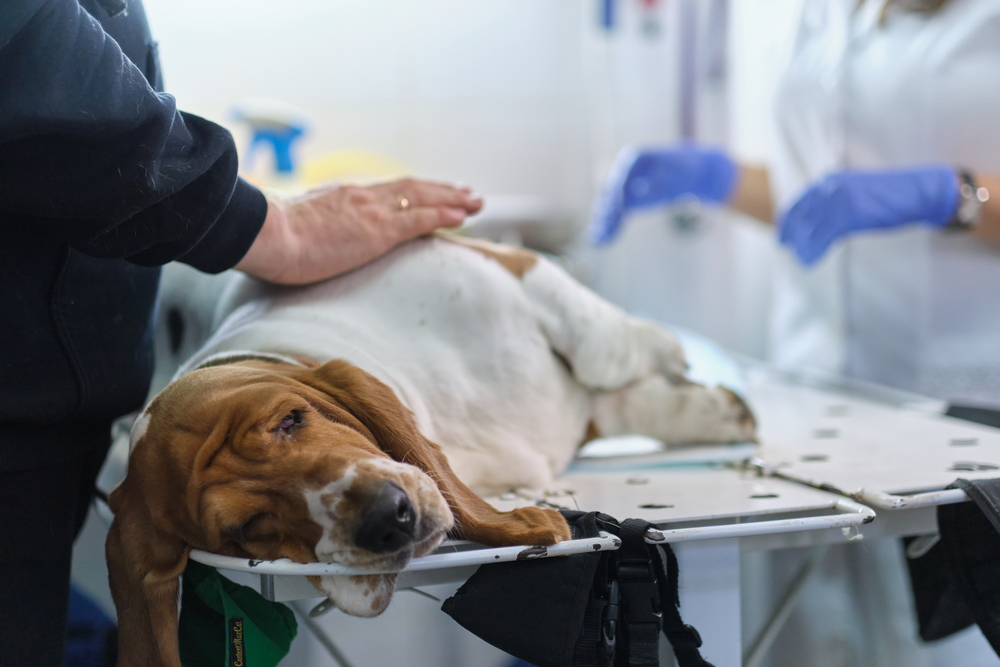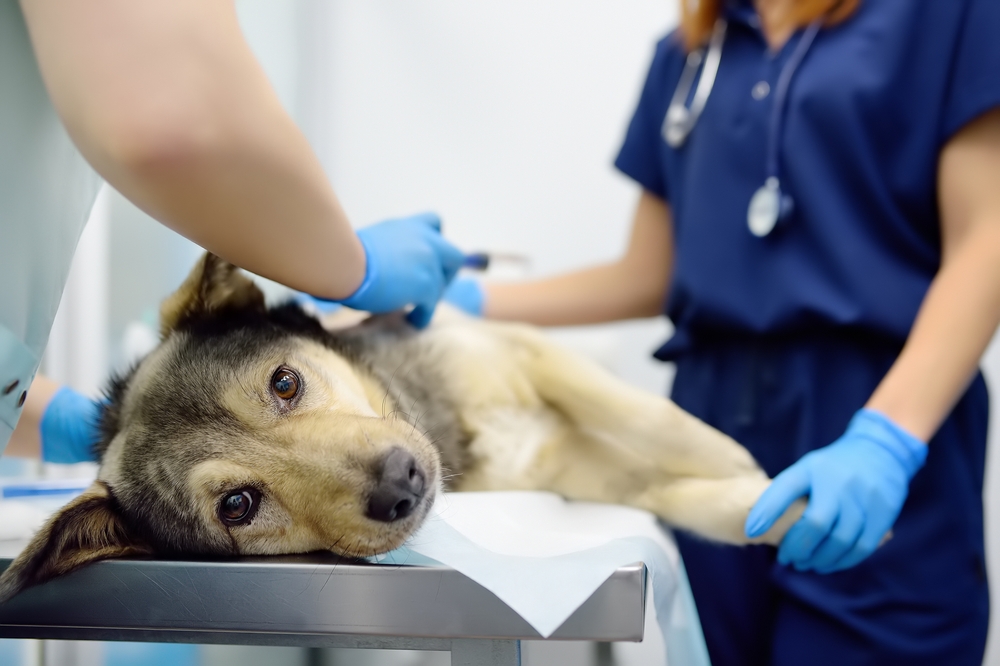You had company over for a barbecue, and your furriest family member stole an ear of corn on the cob from someone’s plate. Is it going to be a problem? If so, what do you do when your dog eats a corn cob?


What to Do if Your Dog Ate a Corn Cob
Start by taking a deep breath. If your dog ate a corn cob, get them away from anything else they might be trying to gobble down. Check to ensure they aren’t choking and call your veterinarian immediately.


Why Is It Dangerous for Your Dog to Eat a Corn Cob?
If your dog eats a corn cob, they need to be evaluated by a veterinarian immediately. Corn cobs are relatively indigestible and quite rigid. They can get lodged in your dog’s stomach and intestines. The corn cob could get stuck in your dog’s esophagus, posing a serious choking hazard. When an object or potential food material gets stuck in your dog’s gut, it prevents normal digestive processes, so your dog misses out on vital nutrients. That’s only one potential problem with a foreign body.
If your dog has an obstruction, the material puts pressure on the walls of your dog’s stomach or intestines. The blood flow might decrease, and the tissue can even die and become necrotic. In some cases, the intestines can perforate, leading to peritonitis and sepsis as possible sequelae.


Signs That Your Dog Might Have Eaten a Corn Cob


If your dog ate a bit of corn, they likely won’t have any issues with the kernels of corn themselves. After all, corn is found in many pet foods. The cob is the issue here. It can cause an intestinal obstruction.
Signs of a GI foreign body include:
- Vomiting
- Diarrhea
- Constipation
- Lack of appetite
- Abdominal pain
- Restless behavior
- Weakness
- Lethargy
Some dogs have a partial obstruction rather than a complete one. They might have signs that occur occasionally over several days instead of abruptly.


What Will Your Vet Do if Your Dog Eats Corn on the Cob?
At your dog’s vet appointment, your vet will start by examining your dog. The vet will carefully palpate your dog’s abdomen to check for changes. They might even feel the corn cob. You should tell your vet anything your dog might have eaten now.
Your veterinarian may run blood work to evaluate your dog metabolically. The vet will likely take radiographs for an obstructive pattern or obvious foreign body. They might give a barium contrast product to check for food passage through your dog’s intestines.
If the corn cob was just swallowed and your vet has an endoscope, the veterinary team may anesthetize your dog and pass this long, flexible camera into your dog’s stomach to attempt to grab and pull out the cob. It’s important to note that this method, while less invasive than an exploratory surgery, could fail. The endoscope might not be able to remove the corn cob securely, your veterinarian could lack experience with the tool, or the cob could be too far past the stomach for the endoscope to reach it.


Your veterinarian might need to perform an exploratory surgery to open the stomach or intestines and remove the cob. If parts of the intestines are damaged, your veterinarian might be to perform a resection and anastomosis. During this procedure, your veterinarian would remove the damaged section of the bowel and suture the remaining healthy tissue together.
If everything goes well with surgery, your dog should have an average post-op recovery. Your dog must wear an Elizabethan collar (e-collar) for ten to fourteen days. In addition to pain medication, your dog might need antibiotics, anti-nausea medication, or even metoclopramide to help with gut motility.
Your veterinarian might also need to treat your dog for secondary issues relating to eating the corn. If your dog ate the corn cob, could he have eaten something else: onions, ham, or even moldy old food? These foods can be quite dangerous and lead to issues like pancreatitis, anemia, or even tremors or seizures.


Preventing Your Dog From Eating Corn Cobs
They say an ounce of prevention is worth a pound of cure. You should keep corn cobs and other “people foods” away from your pup.
- Keep trash in a secured bin your dog would have trouble getting into.
- Ensure guests and family members don’t offer food off their plates.
- Offer plenty of enrichment to help reduce boredom-driven behaviors.


Conclusion
If your dog ate a corn cob, he needs to be seen by a veterinarian immediately. Because they are hard and indigestible, your veterinary team will usually need to remove the cob via an endoscope or exploratory surgery.
Featured Image Credit: Nanda Kurniawan Nugroho, Shutterstock






